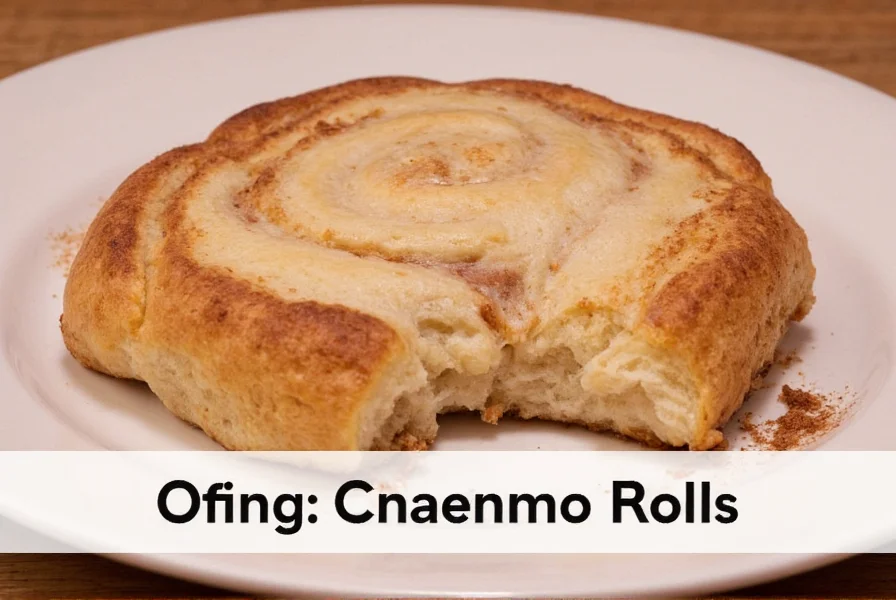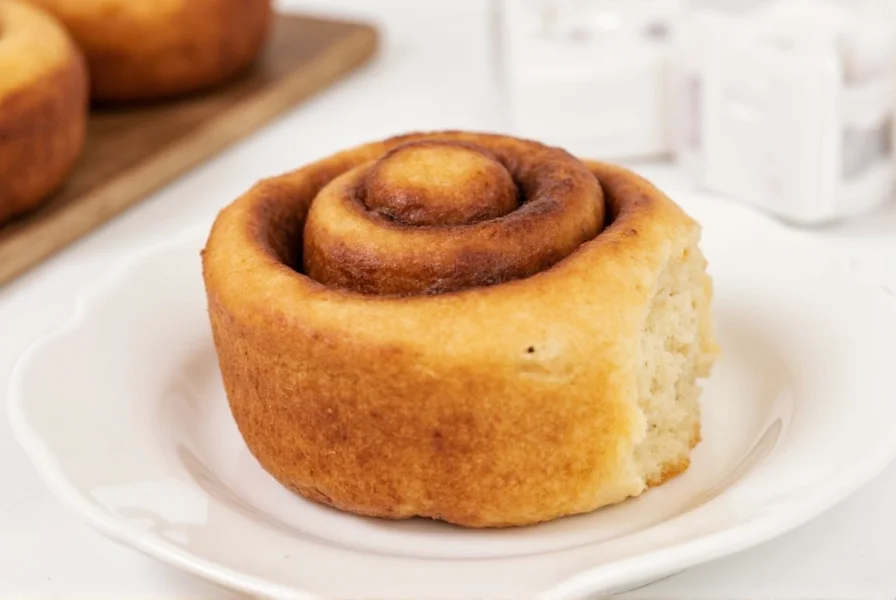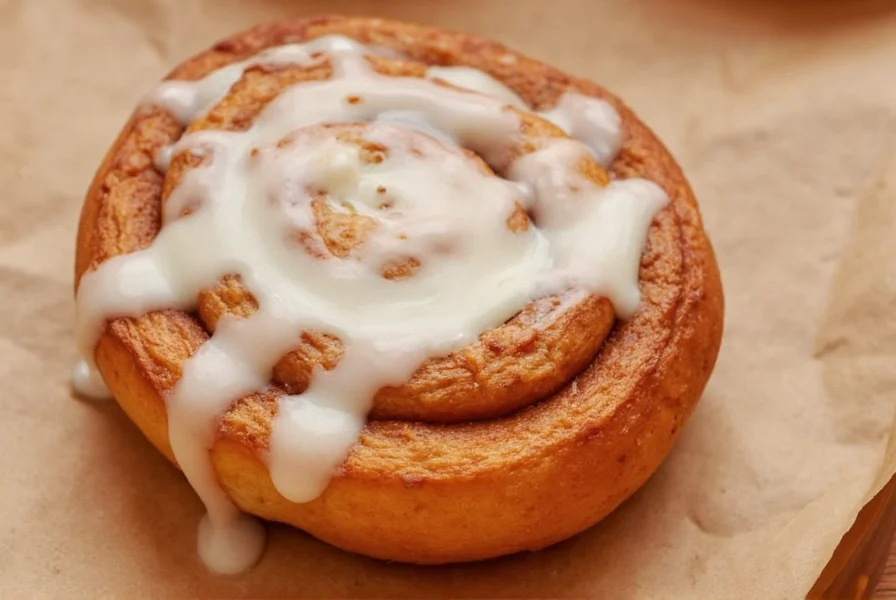The cinnamon roll meme has become a staple of internet culture, representing a unique blend of humor and emotional resonance. This viral phenomenon uses images of the sweet pastry to symbolize innocence in digital spaces, creating a powerful visual shorthand for vulnerability and goodness. Understanding the cinnamon roll meme meaning requires examining both its visual language and the psychological comfort it provides to online communities navigating an often-toxic digital landscape.
Origins of the Cinnamon Roll Meme
Tracing the exact origin of the cinnamon roll meme proves challenging due to the organic nature of internet culture, but evidence points to its emergence around 2017 across Twitter and Tumblr platforms. The meme gained traction when users began pairing photos of perfectly swirled cinnamon rolls with captions expressing protective instincts toward the pastry. Early examples often featured the now-iconic phrase: “I don’t want to live in a world where [negative event] happens to cinnamon rolls.”
Unlike many viral sensations that fade quickly, the cinnamon roll meme demonstrated remarkable staying power. Its evolution from simple food photography to a complex cultural symbol reflects broader internet trends toward using mundane objects to express nuanced emotional states. The meme’s staying power can be attributed to its versatility – it works equally well as a standalone image, a reaction to disturbing news, or part of larger meme formats like “soft life” content.
Psychological Appeal of Food-Based Memes
Food imagery has long played a role in internet communication, but the cinnamon roll meme’s specific appeal lies in its visual characteristics. The spiral pattern creates a natural focal point that draws the eye inward, symbolizing safety and comfort. This aligns with psychological research showing humans find concentric patterns calming – a phenomenon known as fractal fluency.
| Meme Characteristic | Psychological Effect | Internet Usage Pattern |
|---|---|---|
| Swirled pastry pattern | Creates visual comfort through fractal patterns | Used as calming counterpoint to stressful content |
| Warm color palette | Triggers positive emotional associations | Appears in “good news” compilations |
| Soft texture imagery | Activates sensory comfort responses | Paired with “soft life” aesthetic content |
| Sweetness symbolism | Represents innocence and purity | Contrasted with dark humor or disturbing topics |
Evolution Across Social Media Platforms
The cinnamon roll meme’s journey through social media platforms reveals fascinating adaptation patterns. On Twitter, it initially functioned as a standalone image with protective captions. Tumblr users expanded its usage into GIF formats showing animated cinnamon rolls with increasingly elaborate narratives. Instagram’s visual focus made it ideal for high-quality food photography versions, while TikTok creators transformed it into a participatory challenge where users film themselves baking “safe” cinnamon rolls.
One notable evolution involves the meme’s relationship with other food-based internet phenomena. It frequently appears alongside “bread” memes and “pickle rick” references, creating a broader “food safety” subculture online. This interconnected ecosystem of edible symbolism demonstrates how internet communities build complex meaning systems around seemingly trivial objects.
Cultural Significance in Digital Communication
What makes the cinnamon roll meme particularly significant is its role as emotional armor in digital spaces. During periods of heightened online toxicity or real-world crisis, the meme’s usage spikes dramatically. Researchers studying internet linguistics have noted its function as a “soft resistance” tactic – using gentle imagery to counterbalance harsh digital environments without direct confrontation.
The meme’s effectiveness lies in its universal accessibility. Unlike niche humor requiring specialized knowledge, anyone can understand the basic premise: cinnamon rolls represent something good worth protecting. This simplicity enables cross-cultural transmission, with localized versions appearing in non-English speaking communities that maintain the core protective sentiment while adapting the specific phrasing.
How to Use the Cinnamon Roll Meme Appropriately
For those looking to incorporate the cinnamon roll meme into their online interactions, understanding proper usage etiquette matters. The most effective applications follow these principles:
- Use when expressing protective instincts toward something perceived as innocent
- Pair with content that creates meaningful contrast (serious topics vs. whimsical imagery)
- Avoid overuse – the meme loses impact when applied to trivial situations
- Respect cultural variations in how the meme is interpreted across platforms
Understanding why cinnamon rolls became a meme requires recognizing their symbolic versatility. They’re neither too specific nor too generic, striking the perfect balance for widespread adoption. The pastry’s visual appeal, cultural neutrality, and association with comfort food make it an ideal vessel for this particular internet expression.

Related Food-Based Internet Phenomena
The cinnamon roll meme exists within a broader ecosystem of food-related internet humor. Understanding these connections provides deeper insight into contemporary digital communication patterns:
- Bread memes – Representing similar comfort themes but with more varied interpretations
- Avocado toast – Originally a generational stereotype that evolved into self-referential humor
- Pickle Rick – An animated character that became a symbol of unexpected resilience
- Doge – While not food-related, shares the cinnamon roll meme’s use of simple imagery for complex emotional expression
These interconnected food memes form what internet anthropologists call “culinary semiotics” – the use of edible items as symbolic language in digital communication. The cinnamon roll’s particular niche within this system highlights our collective desire to preserve innocence in online spaces.

Enduring Legacy of the Cinnamon Roll Meme
Unlike many internet fads that fade within months, the cinnamon roll meme has demonstrated remarkable longevity. Its continued relevance suggests it taps into something fundamental about human communication in digital spaces. As online discourse becomes increasingly polarized, the need for gentle, unifying symbols grows more pronounced.
Looking at the broader context of internet meme history, the cinnamon roll meme represents a shift toward what scholars call “soft humor” – content designed to comfort rather than shock or offend. This evolution reflects changing user preferences in how we navigate digital communities, prioritizing emotional safety alongside entertainment value.
Frequently Asked Questions
What does the cinnamon roll meme represent?
The cinnamon roll meme represents innocence, purity, and something deserving protection in digital spaces. It typically features images of cinnamon rolls paired with captions expressing a desire to preserve this perceived goodness, such as “I don’t want to live in a world where [something bad] happens to cinnamon rolls.”
When did the cinnamon roll meme become popular?
The cinnamon roll meme gained widespread popularity around 2017, emerging primarily on Twitter and Tumblr. While pinpointing an exact origin is difficult with organic internet phenomena, archival evidence shows significant growth in usage during late 2017 through 2018 across multiple social media platforms.
Why are cinnamon rolls specifically used in this meme?
Cinnamon rolls work effectively in this meme due to their visual characteristics – the spiral pattern creates a natural focal point that symbolizes safety, their warm color palette triggers positive associations, and their soft texture represents comfort. Unlike many foods, cinnamon rolls carry minimal cultural baggage, making them universally relatable symbols of innocence.
How has the cinnamon roll meme evolved over time?
The meme has evolved from simple image-caption formats to more complex variations including GIFs, multi-panel comics, and participatory challenges. On platforms like TikTok, it’s transformed into baking tutorials framed as “creating safe spaces” for cinnamon rolls. The core concept remains consistent, but its expression has adapted to each platform’s unique communication style.
Is the cinnamon roll meme still relevant today?
Yes, the cinnamon roll meme maintains relevance as of 2025, though its usage has matured from peak viral status to a recognized internet shorthand. It experiences periodic resurgences during times of social tension, functioning as emotional counterbalance to negative content. Its longevity distinguishes it from many short-lived internet fads, suggesting it has become part of the foundational vocabulary of online communication.











 浙公网安备
33010002000092号
浙公网安备
33010002000092号 浙B2-20120091-4
浙B2-20120091-4